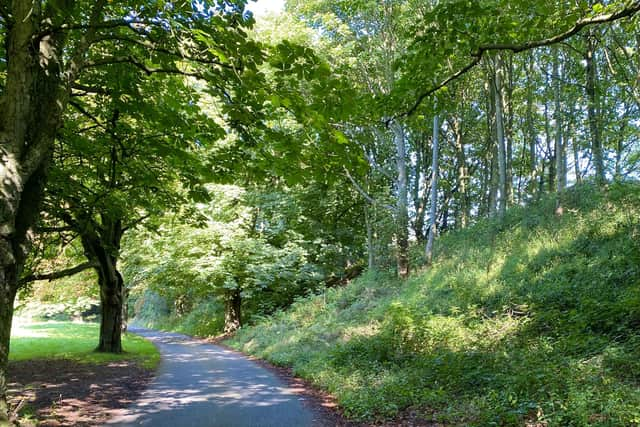Danes Dyke, Flamborough Head: The prehistoric ditch which defended Yorkshire from invaders
The deep ditch faces westwards while the flat-topped dyke – constructed from earth, stacked turfs and chalk rubble and thought to have supported a palisade of timber stakes – is on the eastward side.
This would have allowed the mostly cliff-bound Flamborough Head and its boat-launching beaches at North and South Landing to be defended from both land and sea.
Advertisement
Hide AdAdvertisement
Hide AdDespite the word “Danes” suggesting a link with the Viking invasion in the 9th century, it is believed to have been constructed in prehistoric times.


Supporting that theory was the discovery in 1879, during an excavation by the eminent Yorkshire-born archaeologist Augustus Pitt Rivers, of arrowheads similar to those used in the Bronze Age.
The effectiveness of the impressive defensive structure is unknown, the only conflict associated with the area being the Battle of Flamborough Head which took place not on land but offshore between naval ships in 1779 during the American War of Independence.
Over the centuries Danes Dyke became a wooded gorge. In 1922 a large stretch south of the B1255 road between Sewerby and Flamborough village was designated a Scheduled Monument.
In 2002 it became a Local Nature Reserve in recognition of the rich and varied wildlife. Covering 148 acres, the reserve has a good network of footpaths including a two-mile circular Tree Trail.
Comment Guidelines
National World encourages reader discussion on our stories. User feedback, insights and back-and-forth exchanges add a rich layer of context to reporting. Please review our Community Guidelines before commenting.